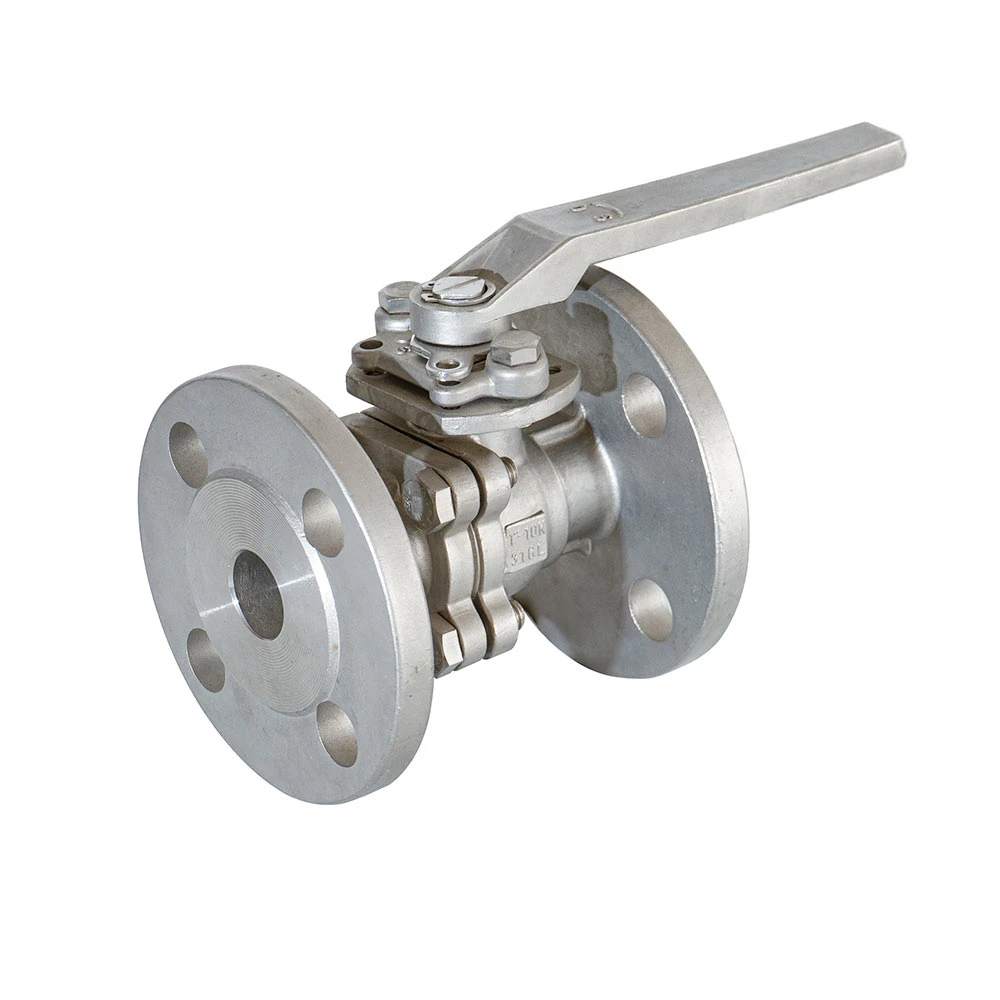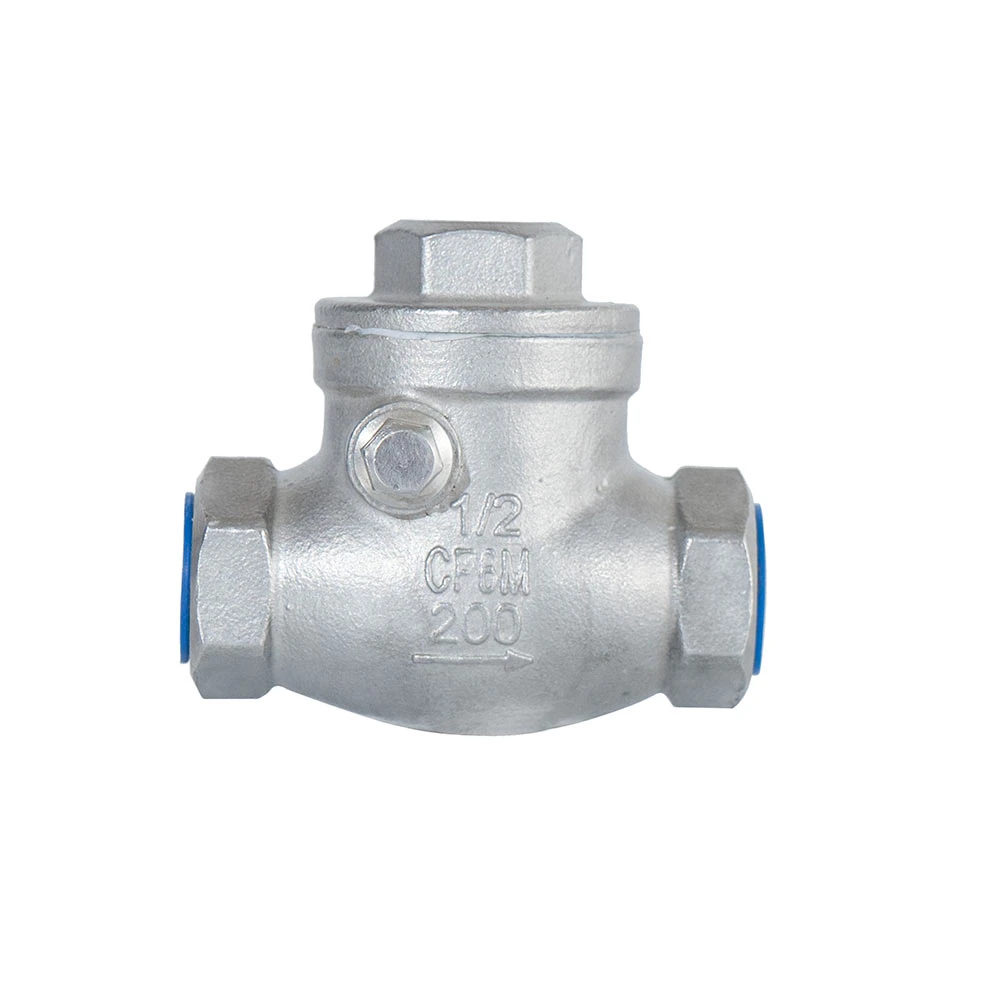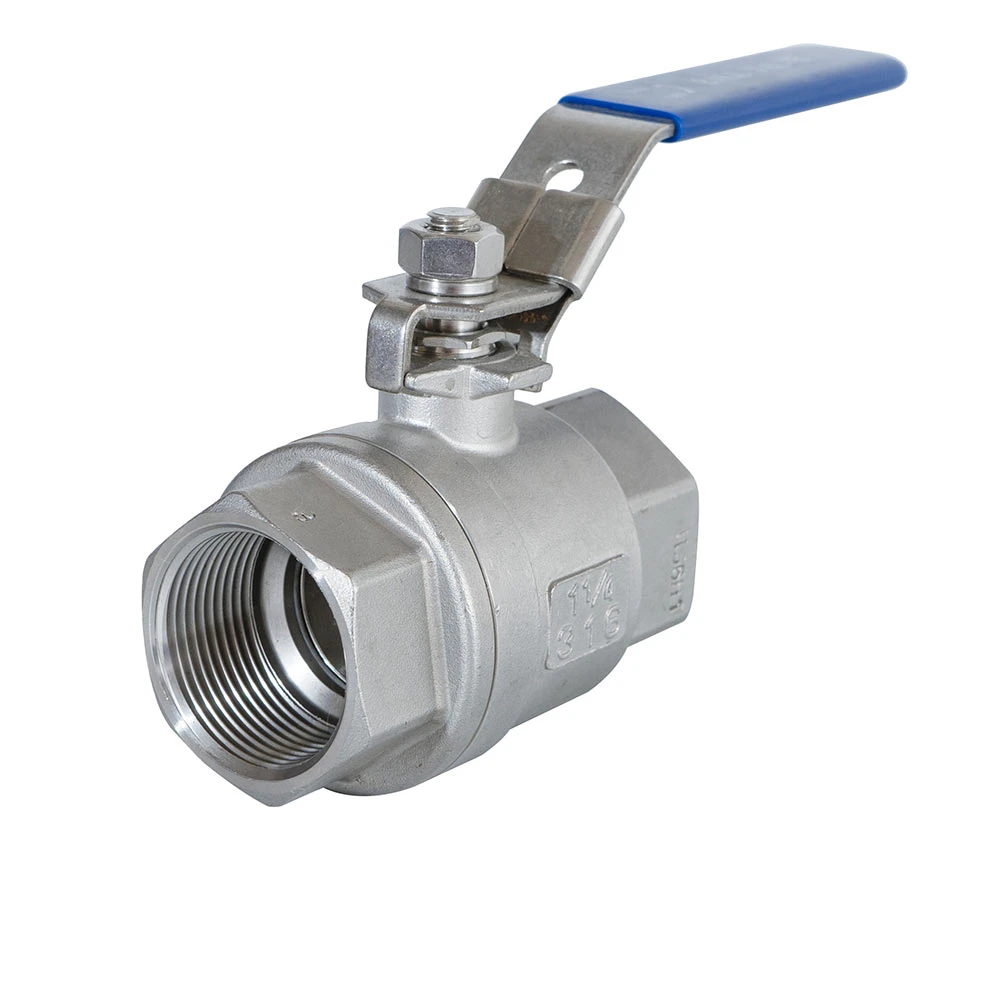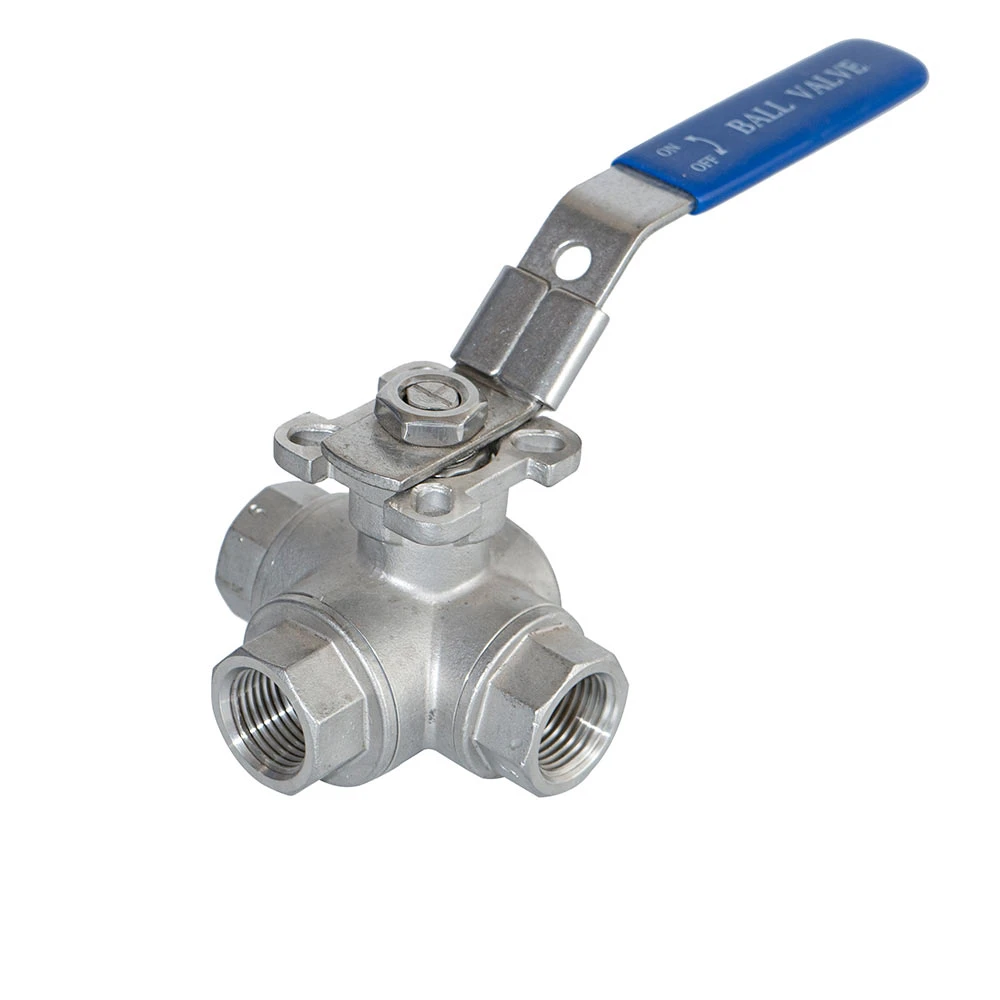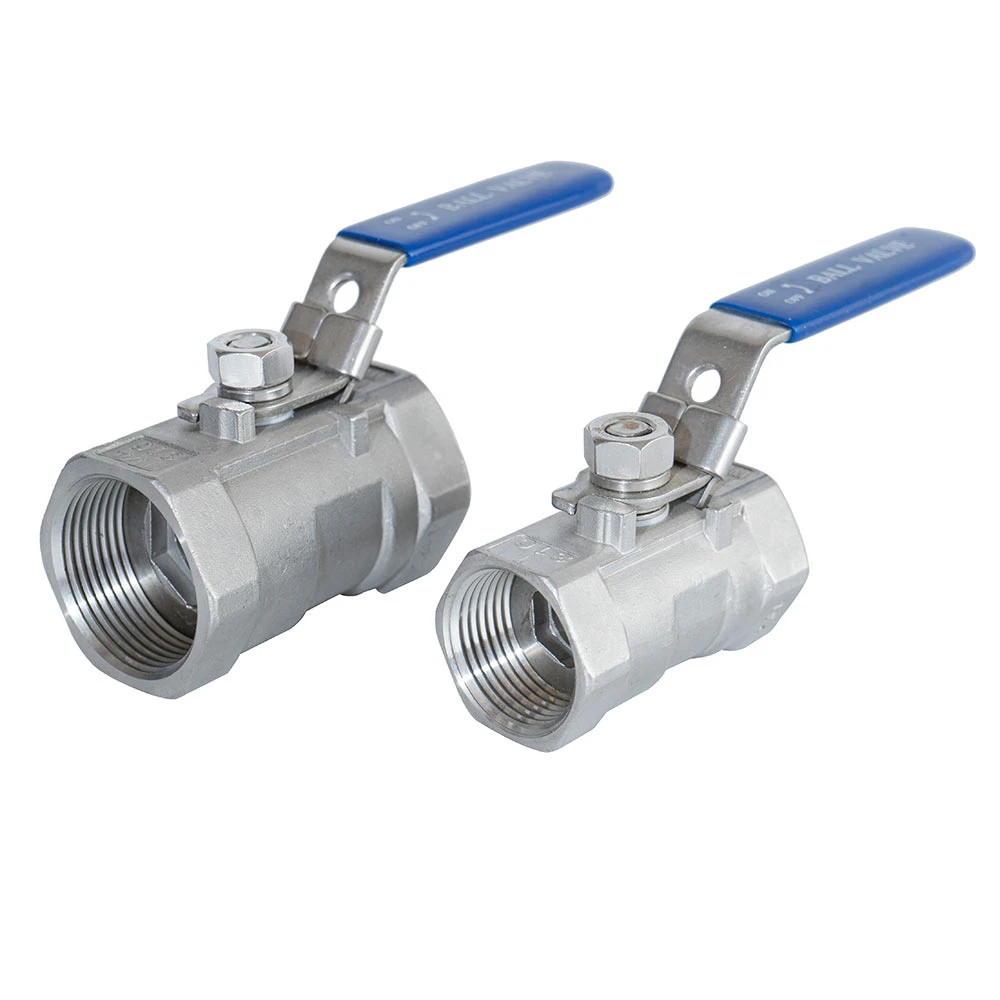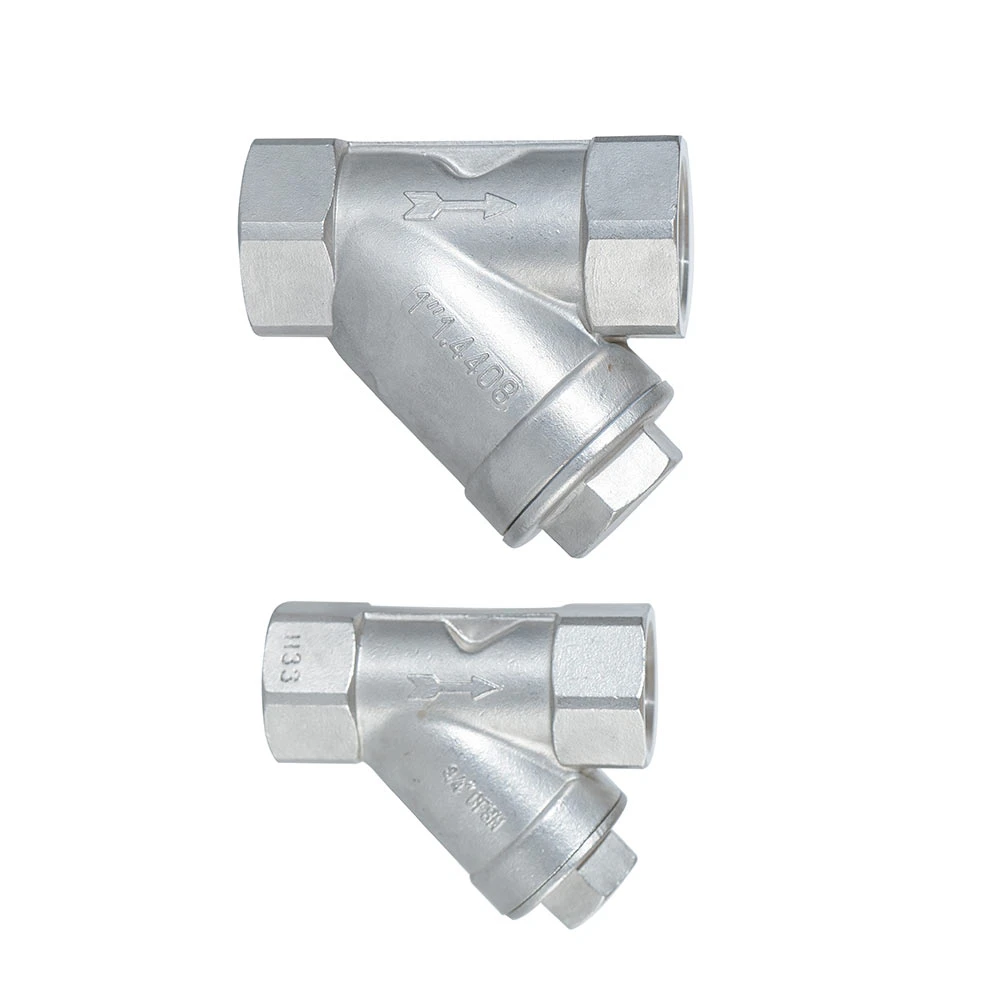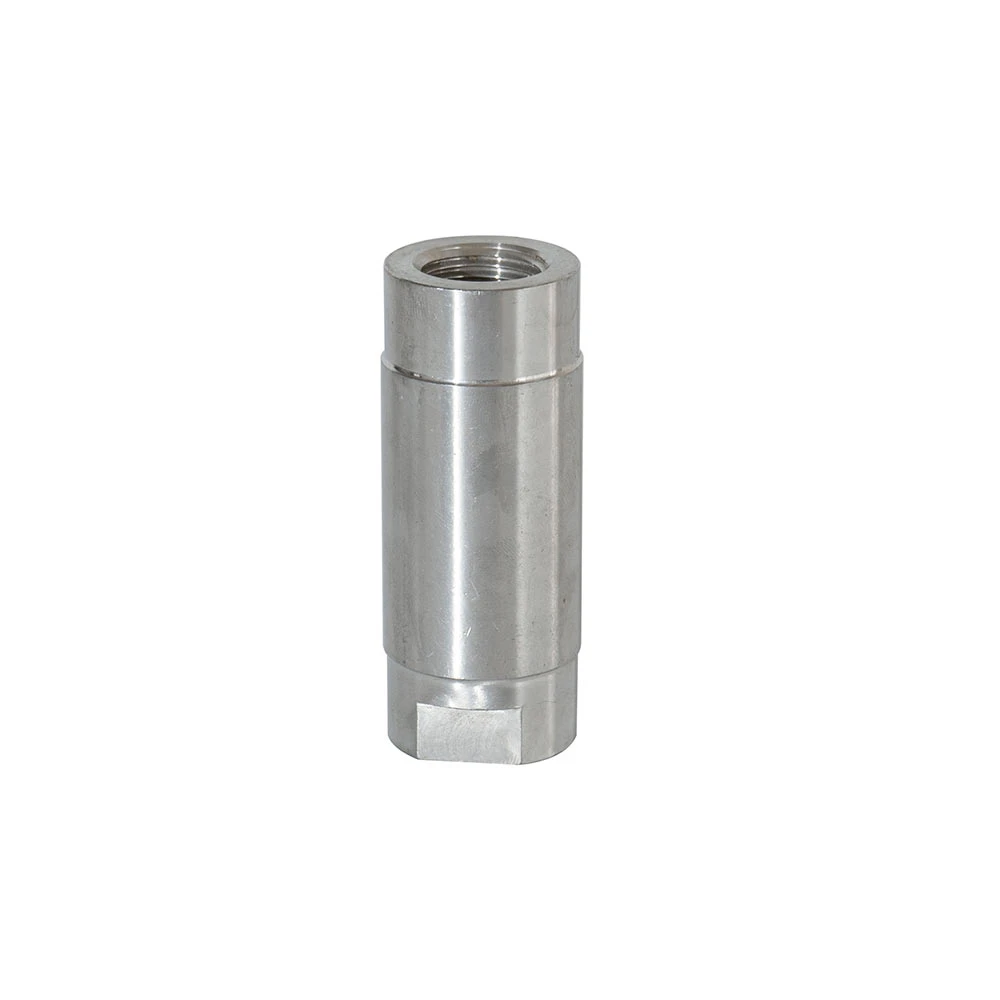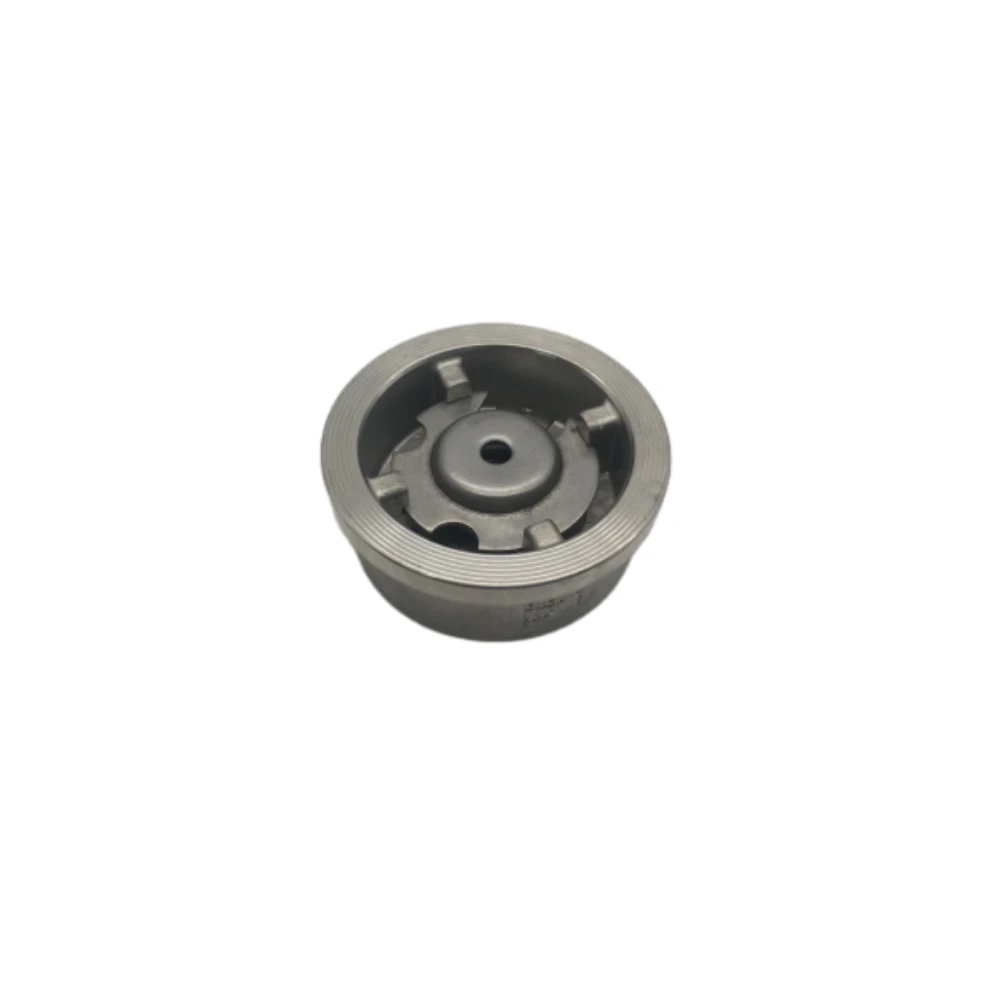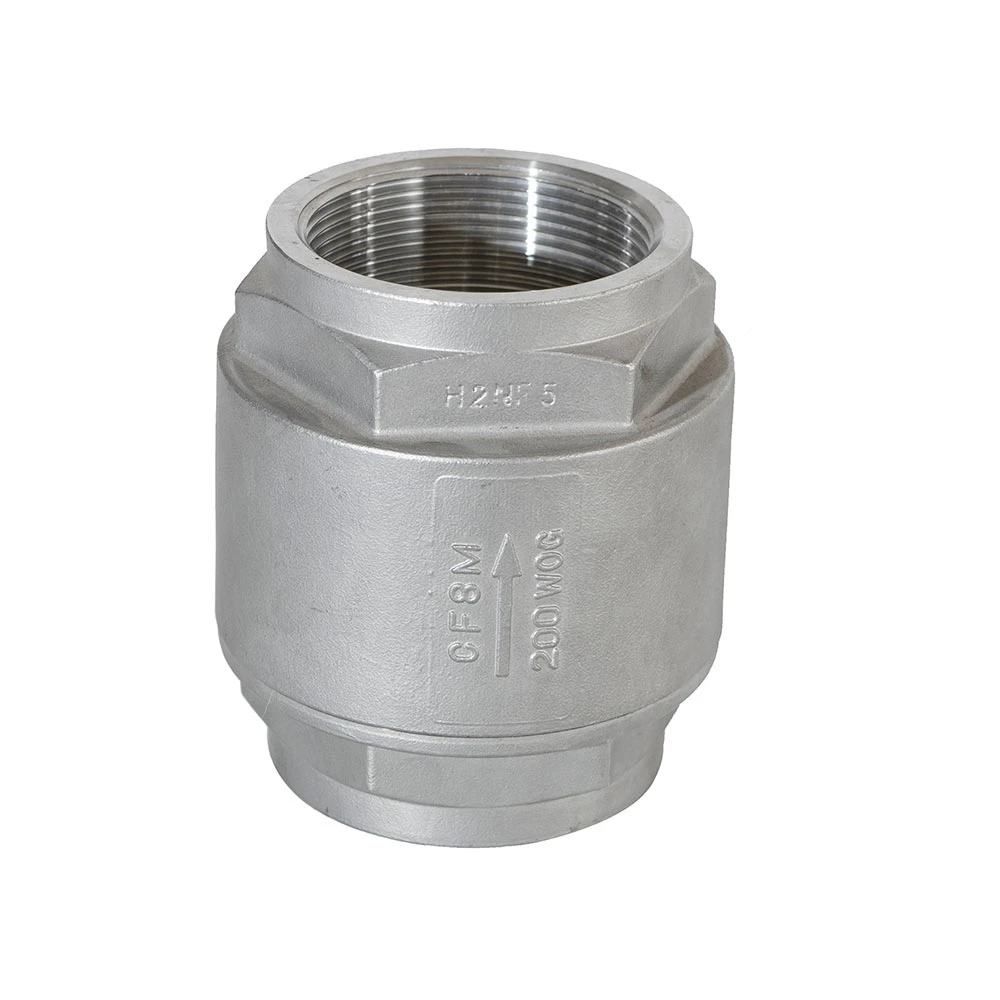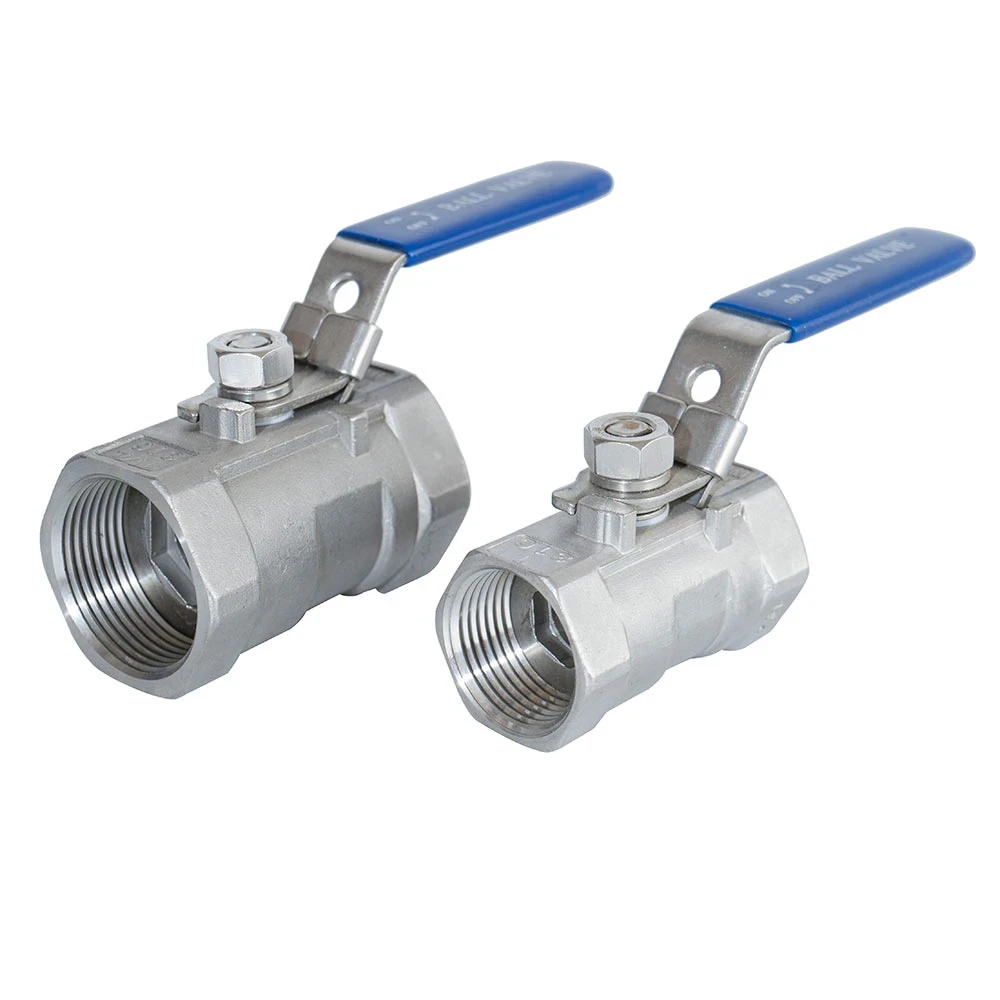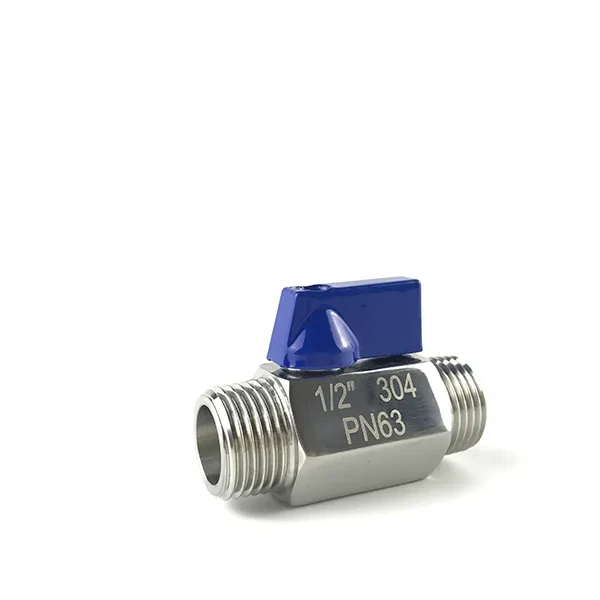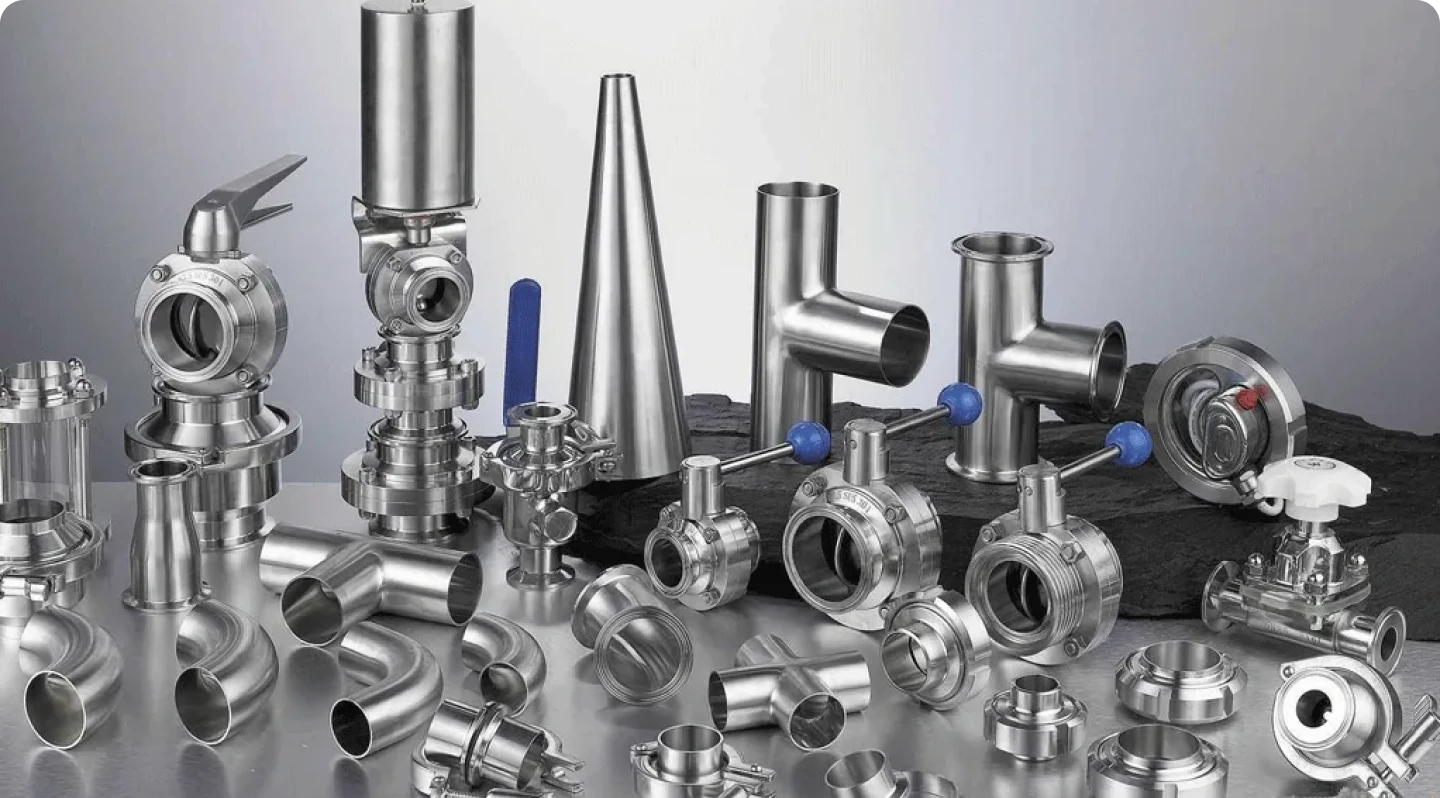- Introduction to 2 Stainless Steel Y Strainer: Understanding the Core Concepts and Their Relevance
- Technical Advantages of Stainless Steel Y Type Strainers Over Other Materials
- Comparative Analysis: Supplier & Manufacturer Differentiation
- Customization & Tailored Solutions for Stainless Steel Pipe Strainer Applications
- Real-World Applications: Case Studies Across Industries
- Installation and Long-Term Maintenance Considerations
- Conclusion: Why 2 Stainless Steel Y Strainer Is the Optimal Choice
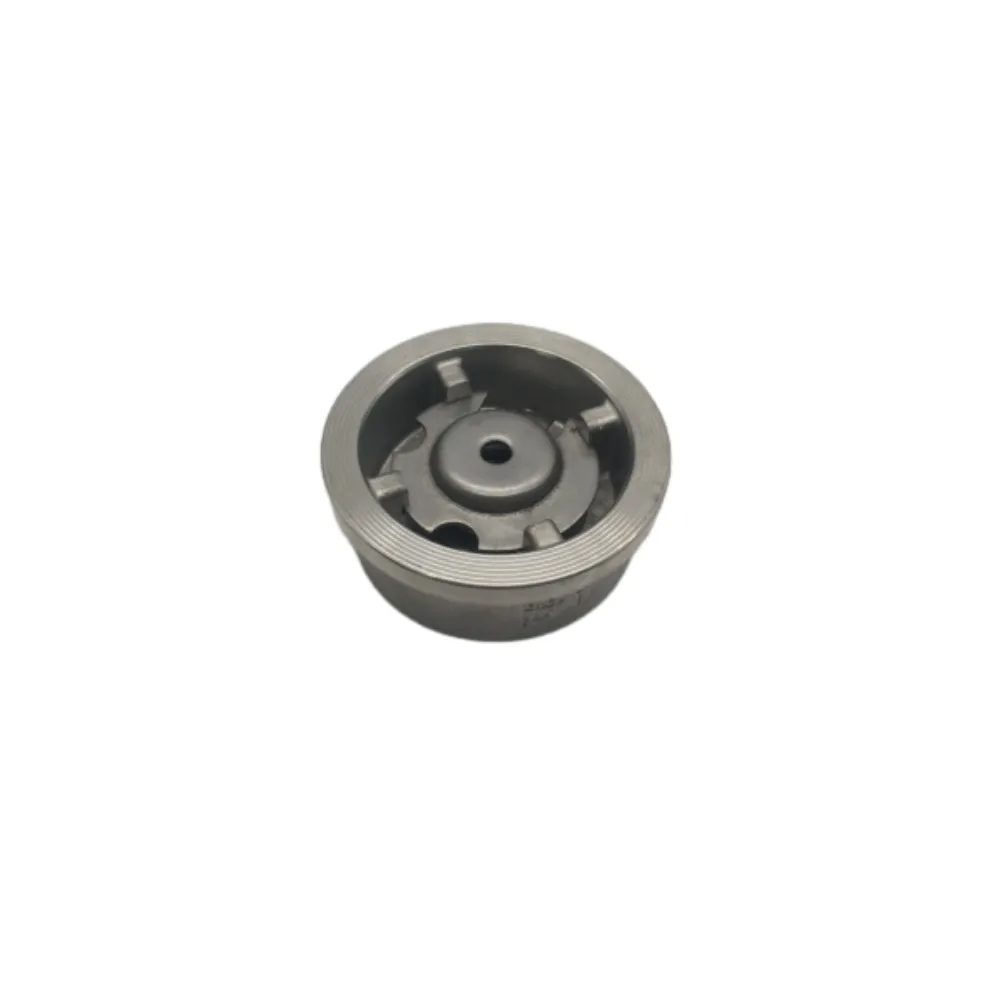
(2 stainless steel y strainer)
Introduction to 2 Stainless Steel Y Strainer: Understanding the Core Concepts
The 2 stainless steel y strainer
has increasingly become a preferred filtration solution within various industries, especially where durability, efficiency, and performance are crucial. At its core, a stainless steel y type strainer acts as a mechanical filter, trapping debris and solid contaminants in pipelines, which not only prolongs equipment lifespan but also ensures uninterrupted fluid flow. The "2" designates a 2-inch nominal bore size, making it highly adaptable to mid-scale and industrial settings. According to a 2023 report from the Industrial Filtration Association, the use of stainless steel Y strainers led to a 48% reduction in unplanned maintenance events compared to systems with non-metallic strainers. This blog delves into technical features, market comparisons, and real-world use cases for stainless steel y strainers, providing a comprehensive overview that aids in decision-making.
Technical Advantages of Stainless Steel Y Type Strainers
Stainless steel y type strainers excel over conventional filtration devices due to their robust construction, corrosion resistance, and superior temperature tolerance. The strainer body, most commonly produced from 304 or 316 stainless steel, provides outstanding defense against aggressive media, such as chemicals and saline, which would otherwise corrode standard carbon steel or bronze variants. Notably, stainless steel y strainers can withstand temperatures up to 815°C (1500°F) and pressures up to 1500 PSI, making them suitable for high-demand process pipelines.
The precision mesh filter, crafted from stainless steel wire, is designed for minimal pressure drop—typically less than 1 PSI at recommended flow rates. Unlike plastic or brass alternatives, which have a service life of 3–5 years, stainless steel y strainers often surpass a decade in severe service conditions. Additionally, maintenance is simplified: the y strainer cap enables quick removal and back-flushing without full pipeline disassembly. This combination of longevity, ease of maintenance, and exceptional filtration selectivity supports process continuity and prolongs downstream equipment health.
Comparative Analysis: Supplier & Manufacturer Differentiation
Choosing a quality supplier is crucial for maximum return on investment. The following table offers a direct comparison between leading 2-inch stainless steel y type strainer manufacturers, focusing on key variables such as pressure rating, filtration accuracy, material certification, and after-sales support.
| Manufacturer | Material Grade | Max Pressure (PSI) | Filtration Accuracy (μm) | Certifications | Warranty (Years) | Lead Time (Weeks) | Support |
|---|---|---|---|---|---|---|---|
| Brand X | 316L Stainless Steel | 1500 | 40 | ISO 9001, ASME B31.1 | 5 | 4 | 24/7 Technical Hotline |
| Brand Y | 304 Stainless Steel | 1000 | 75 | ISO 9001 | 3 | 2 | Email Only |
| Brand Z | 316 Stainless Steel | 1200 | 50 | ASME B31.3 | 4 | 3 | Standard Business Hours |
The data demonstrates that while cost might be a determining factor for some, technical specs and responsive support significantly impact operational reliability. Clients seeking stringent process safety or regulatory compliance should prioritize products with comprehensive certifications and robust warranty terms.
Customization & Tailored Solutions for Stainless Steel Pipe Strainer Applications
Standard models do not always cater to specialized pipelines. Leading manufacturers provide tailored design services to address project-specific parameters such as particle load, differential pressure constraints, and connection compatibility. Customization may include the selection of alternative mesh sizes (ranging from 10 to 3000 microns), upgrades in body material (duplex or super-duplex stainless steel for higher chloride resistance), and alternative end connections (flanged, butt-weld, or threaded).
For example, a petrochemical facility dealing with abrasive catalysts selected a stainless steel pipe strainer with reinforced mesh and abrasion-resistant internal coatings, extending service intervals from 6 to over 24 months. Such adaptability not only streamlines integration with complex, multi-phase processes but also reduces downtime expenditures by almost 40%, according to field study data published in the Journal of Chemical Engineering Systems in late 2023.
Real-World Applications: Case Studies Across Industries
The versatility of stainless steel y strainers makes them indispensable in sectors where fluid purity and equipment security are paramount. Below are succinct case studies illustrating impactful deployment:
- Pharmaceutical Manufacturing: A leading facility integrated 2” stainless steel y strainers downstream of fermentation tanks, eliminating particulate contamination. Over a 36-month monitoring period, system downtime related to filter failure dropped by 90%.
- District Heating: Urban thermal plants use stainless steel y strainers to prevent debris-induced blockages in heat exchanger circuits. After implementation, maintenance intervals were extended, with reported annual savings exceeding $20,000 per plant.
- Desalination Plants: Corrosion resistance of stainless steel y type strainers proved critical in saltwater intakes, boosting operational reliability and reducing replacement frequency versus non-metallic types.
- Power Generation: Steam systems fitted with industrial-grade y strainers recorded pressure stability improvements and reduced scaling in turbine inlet valves.
Across these sectors, consistent results highlight reduced maintenance cycles, operational cost savings, and process quality improvements.
Installation and Long-Term Maintenance Considerations
Proper installation is pivotal for the performance and lifespan of any stainless steel pipe strainer. Key best practices include positioning the y leg downward for gravitational debris collection and ensuring adequate clearance for strainer cap removal. A study by the Global Pipeline Institute in 2022 revealed that improper alignment or connection is responsible for 17% of premature strainer failures.
Routine maintenance entails periodic cleaning of the strainer mesh, typically achieved through depressurization and cap removal. For systems with continuous solids loading, automated blowdown valves may be integrated, further decreasing labor requirements. The transition to stainless steel y strainers, which resist corrosion-induced plugging and pitting, has been shown to increase mean time between servicing from an industry average of 6 months to more than 18 months. Establishing a predictive maintenance schedule based on process data enables operators to maximize reliability and minimize unplanned stoppages.
Conclusion: Why 2 Stainless Steel Y Strainer Is the Optimal Choice
In summary, adopting the 2 stainless steel y strainer delivers multifaceted benefits for industrial piping systems: unmatched durability, superior corrosion resistance, and substantial reductions in both long-term operational costs and unscheduled maintenance. Supplier comparison data underscores the importance of meticulous selection based on technical capabilities and service excellence. Moreover, the adaptability to custom requirements and broad applicability across diverse industries demonstrate the strainer’s integral role in safeguarding pipeline integrity and throughput. Stakeholders seeking longevity, compliance, and lower total cost of ownership should prioritize the integration of a stainless steel y strainer into their fluid handling strategies, ensuring robust performance now and into the future.
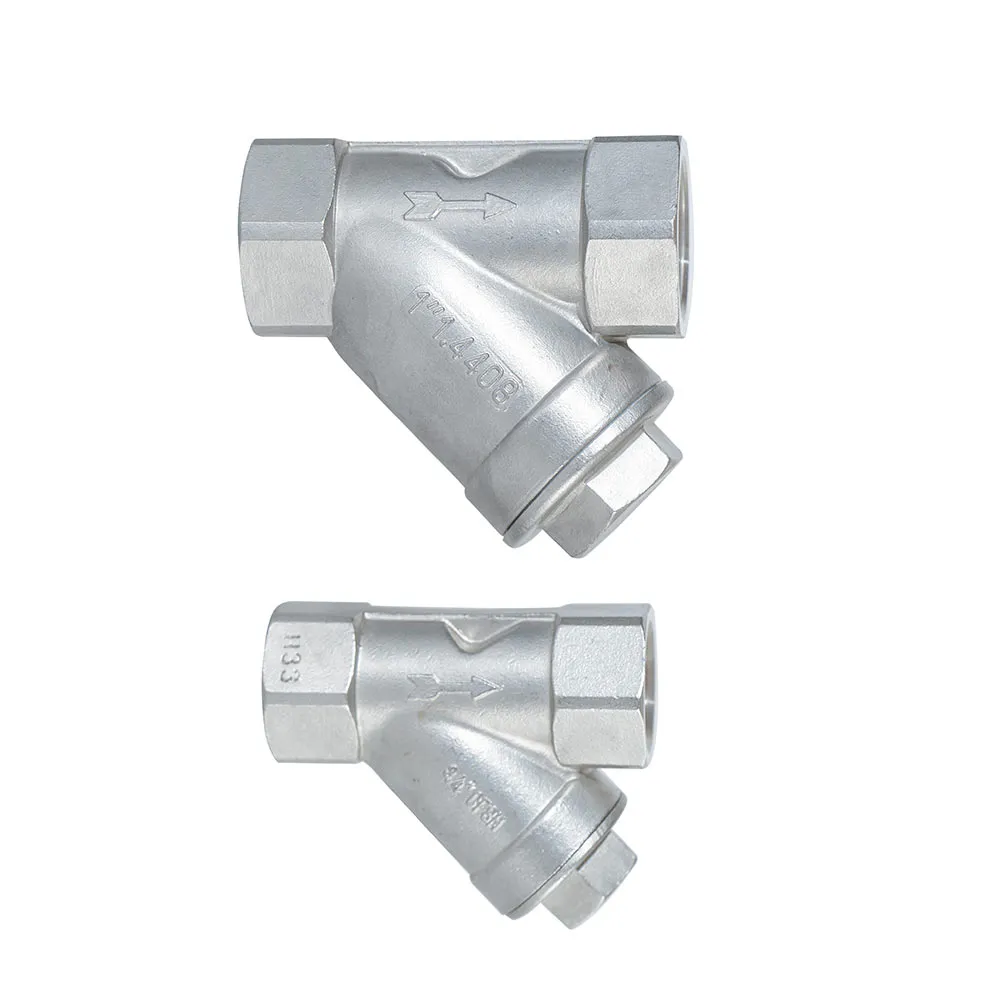
(2 stainless steel y strainer)

